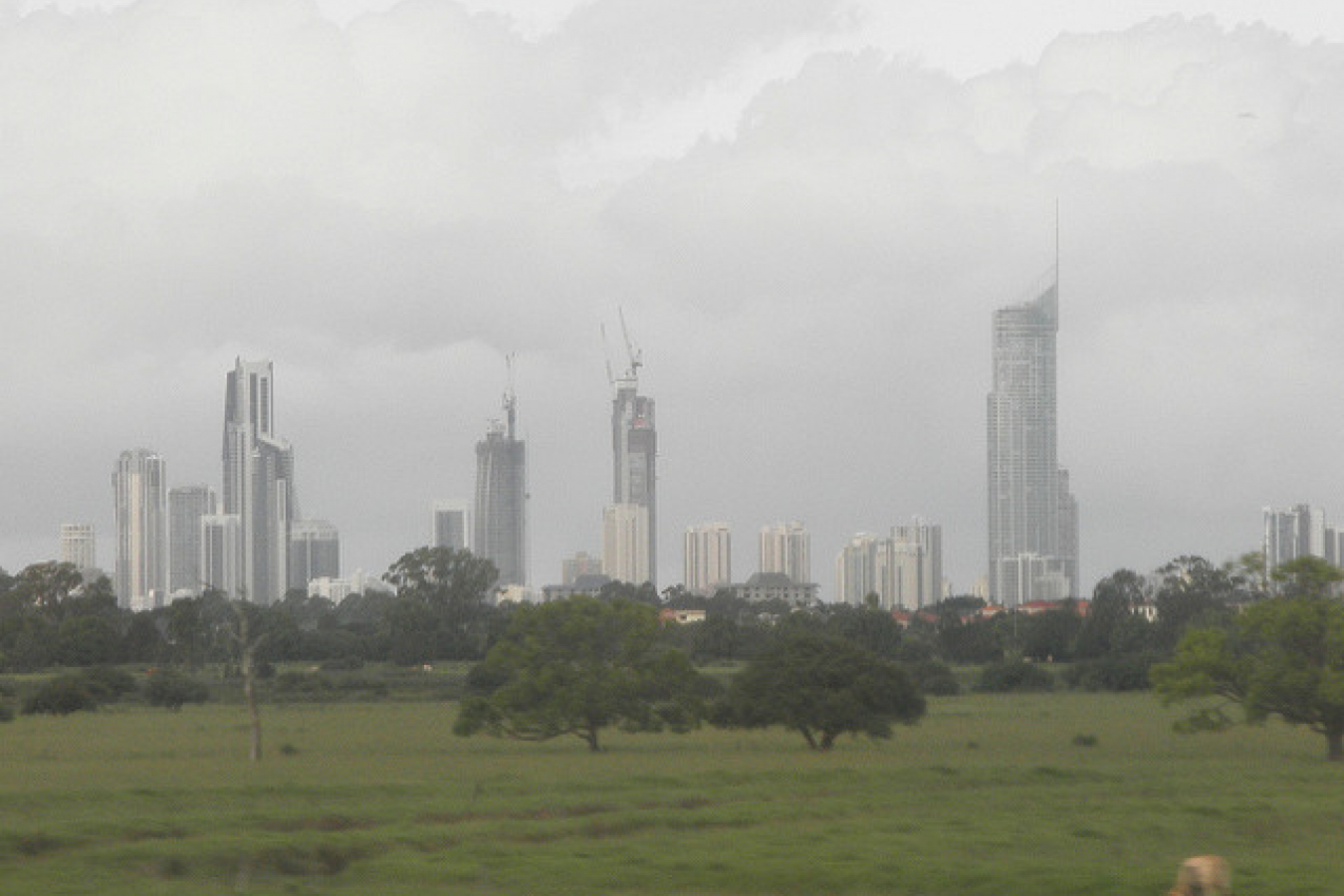Support migrant centric journalism today and donate

The Australian immigration visa schemes in the following categories were suspended from 8 May 2010 to 30 June 2010:

- Subclass 175 – Skilled Independent;
- Subclass 176 – Skilled Sponsored;
- Subclass 475 – Skilled Regional Sponsored.
The suspension was lifted from 1 July 2010; You can again make applications under the above categories.
Australian immigration has substantially reduced the number of occupations that come under the skilled migration program from the previous 400 occupations to the current 183 occupations. Immigration Minister Chris Evans says that that the changes will help provide the skilled workers needed by the Australian economy. The Australian Government says that the list includes managerial, professional, technical and trade occupations. Immigration Minister Evans also had the following to say:
'The government's reforms to the skilled migration program are delivering the workers our economy need to the regions where there is real demand.'
'We have already seen the rate of employer and state-sponsored skilled migrants increase from 29 per cent in 2007–08 to 55 per cent this current year.
'And the latest figures illustrate businesses are already using the new system to recruit the skilled workers they need to meet demands in Western Australian and Queensland.'
Western Australia and Queensland has seen increases in the percentage share of skilled migrants emigrating to these particular states:
- 12 per cent of permanent immigrants emigrated to Western Australia in 2004–05. In the period 2008–09 it had gone up to 16 percent.
- There has also been an increase in the percentage of skilled workers emigrating to Western Australia under the employer sponsored program. The percentages have gone up from 16 percent in 2007–08 to 24 percent in 2008-09.
- Immigration to Queensland increased from 17 per cent in 2004–05 to 20 per cent in the period 2008–09.
Immigration Minister Evans also had the following to say:
'The government's reforms are not just bringing in the skilled migrants Australia actually needs but the demand-driven focus means migrants are increasingly working in the occupations and regions that will most benefit the Australian economy.'
'The Labor Government recognises the special needs of the growing Western Australian and Queensland economies. The reforms to the skilled migration program are delivering tangible results for employers both big and small.'
Australian immigration has transitional arrangements that may benefit former and current overseas students at the time the changes were announced on 8 February 2010. If you do not come under the transitional arrangements you will need to apply under the independent immigration scheme or on the basis of employer nomination.





















